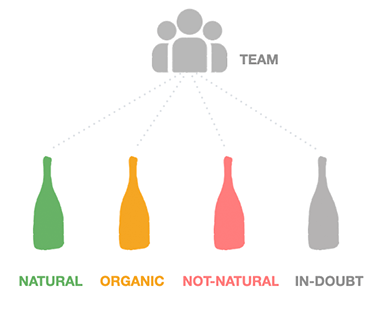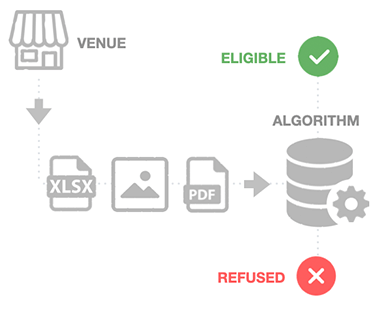March 20, 2024 - 2 comments

Have you ever smelt a wine and been hit with a wave of off putting aromas that smell a lot like a barnyard animals and manure? The culprit for this is Brettanomyces!
Brettanomyces, commonly known as "Brett," is a genus of yeast that can impact the fermentation and aging processes in various alcoholic beverages, including wine and beer. While some strains of Brettanomyces are intentionally used in beer production to contribute specific flavors and aromas, its presence in wine is generally considered a fault due to the undesirable characteristics it imparts.
Wild Brettanomyces yeast strains, particularly Brettanomyces bruxellensis, are known for their ability to survive in harsh conditions and to ferment a wide range of sugars. When Brettanomyces is present in wine, it can lead to the barnyard, earthy, leathery, and strange medicinal aromas. Brettanomyces is often killed by the use of sulpher, but with techniques of minimal intervention in natural wine, if winemakers aren’t careful, it can quickly take over a wine.
The yeast can thrive in various winemaking environments, gaining a foothold in cellars, barrels, and on grape skins. Factors such as inadequate sanitation, the use of contaminated equipment, the reutilization of barrels without proper cleaning and even low acidity (high pH) can contribute to the presence of Brettanomyces in wine. With global warming increasing temperatures, we are also seeing higher pH levels in overripe grapes leading to lower acidity giving space for Brett to bread. Prevention should therefore start in the vineyard, not only in the cellar.
Although some people have been known to enjoy the smell, with one wine lover even stating, "the more it smells of sh*t, the more I love it," this flaw can be avoided, leaving space for the true aromas and expression of the wine's terroir. Different yeast types can lead to various tastes and aromas during fermentation. This is why scientifically engineered commercial yeasts have been created for conventional winemakers to use, helping them achieve their desired aromatic profiles. However, when it comes to that barnyard aroma, Brettanomyces yeast is usually the culprit.
Wine Fault: Brettanomyces - now you know!














